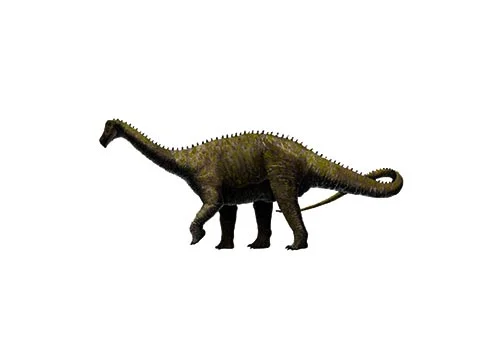Quaesitosaurus (Extraordinary lizard)

Kway-sit-oh-sore-us
Kurzanov and Bannikov - 1983
Herbivore
Estimated 20 meters long
Sauropod
Q. orientalis (type)
Mongolia - Barun Goyot Formation
Late Cretaceous, 70 million years ago
Quaesitosaurus Facts
Quaesitosaurus, meaning “extraordinary lizard,” is a genus of titanosaur sauropod dinosaur that lived in what is now China during the Late Cretaceous period, approximately 70 million years ago. It was first described in 2008, based on a partial skeleton that was discovered in Xinjiang Province.
Quaesitosaurus was a large herbivorous dinosaur, estimated to have been around 20 meters (65 feet) long and weighing up to 20,000 kilograms (44,000 pounds). It belonged to the family Saltasauridae, which includes a group of titanosaur sauropods that lived in South America and other parts of the world during the Late Cretaceous period.
One of the most distinctive features of Quaesitosaurus was its neck, which was relatively short and robust compared to other titanosaur sauropods. It had around 14 vertebrae in its neck, which is fewer than most other titanosaur sauropods of similar size. This suggests that Quaesitosaurus may have had a specialized feeding behavior, perhaps foraging on tough vegetation that required a more powerful bite.
Another unique feature of Quaesitosaurus was the shape of its pelvic bones, which were highly modified compared to other sauropods. This suggests that Quaesitosaurus had a unique mode of locomotion, perhaps walking or running in a manner that was different from other sauropods.
Overall, Quaesitosaurus is an important addition to the fossil record of titanosaur sauropods and sheds new light on their diversity and evolution in Asia during the Late Cretaceous period. Its discovery underscores the ongoing quest to uncover the secrets of the prehistoric past and highlights the importance of continued paleontological research around the world.



